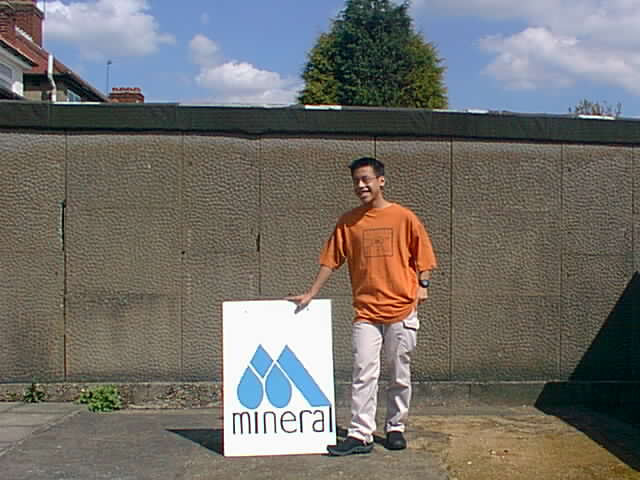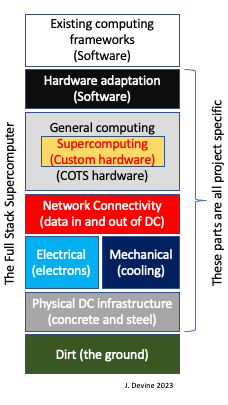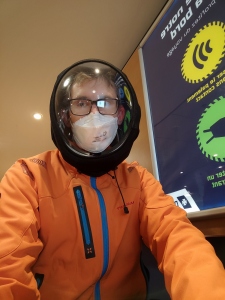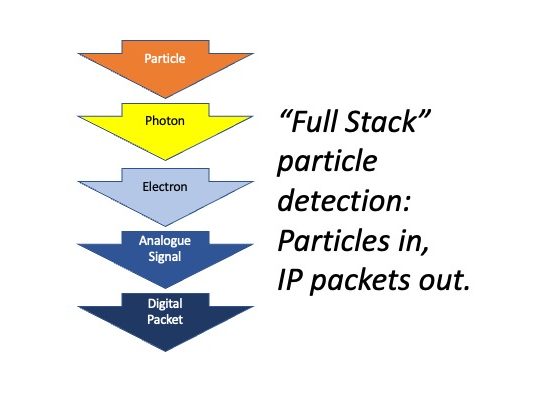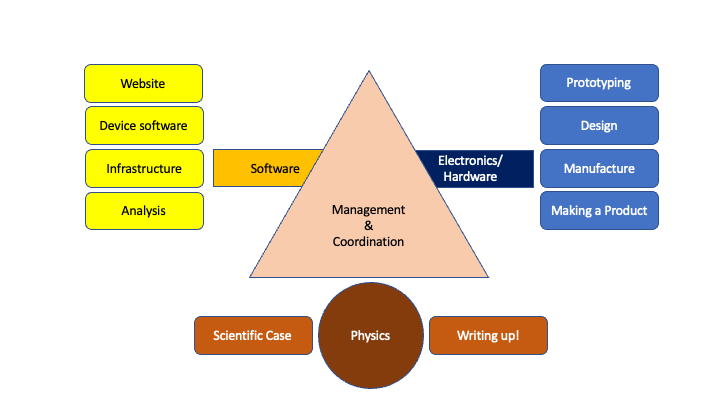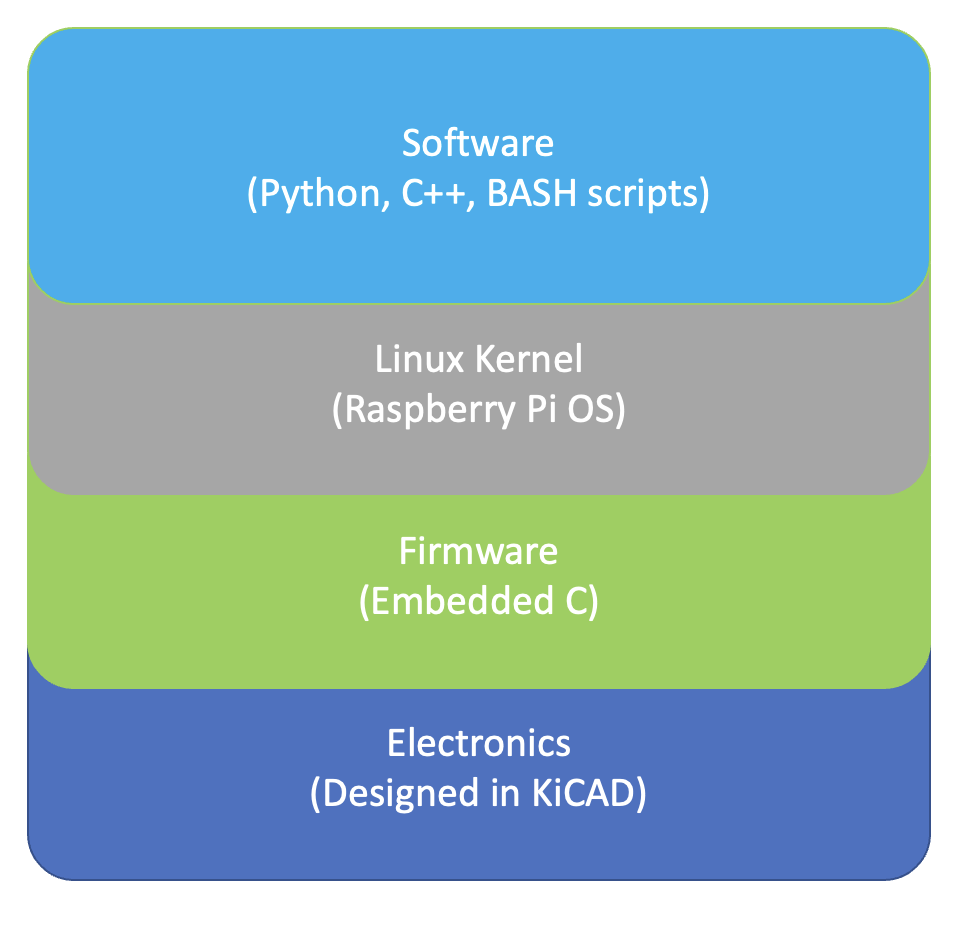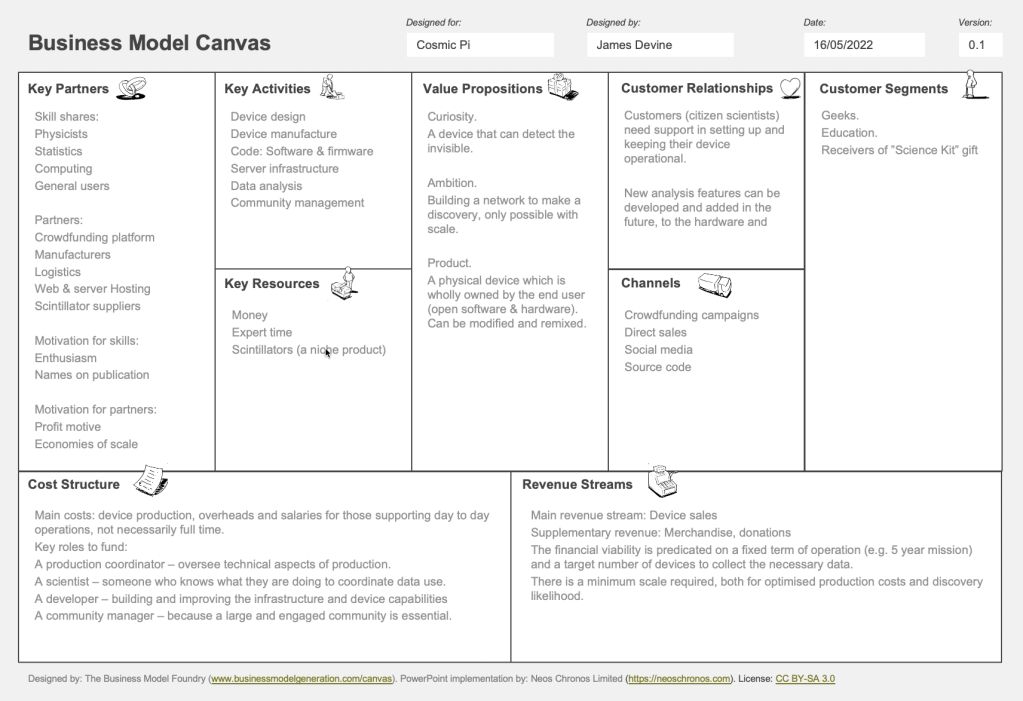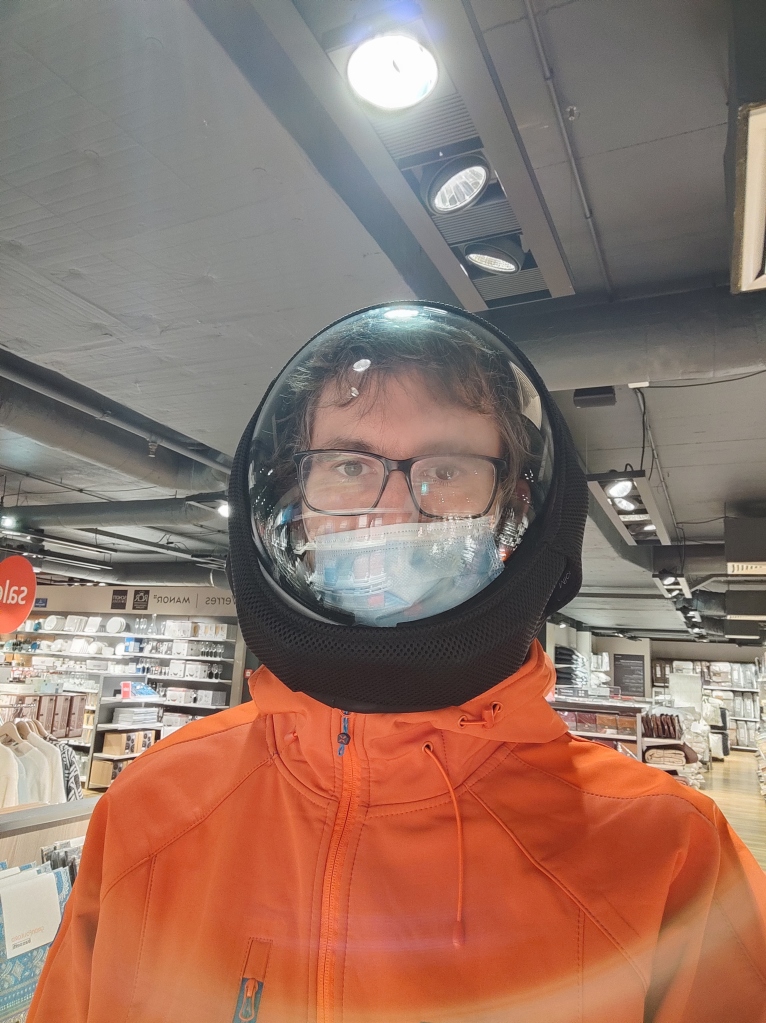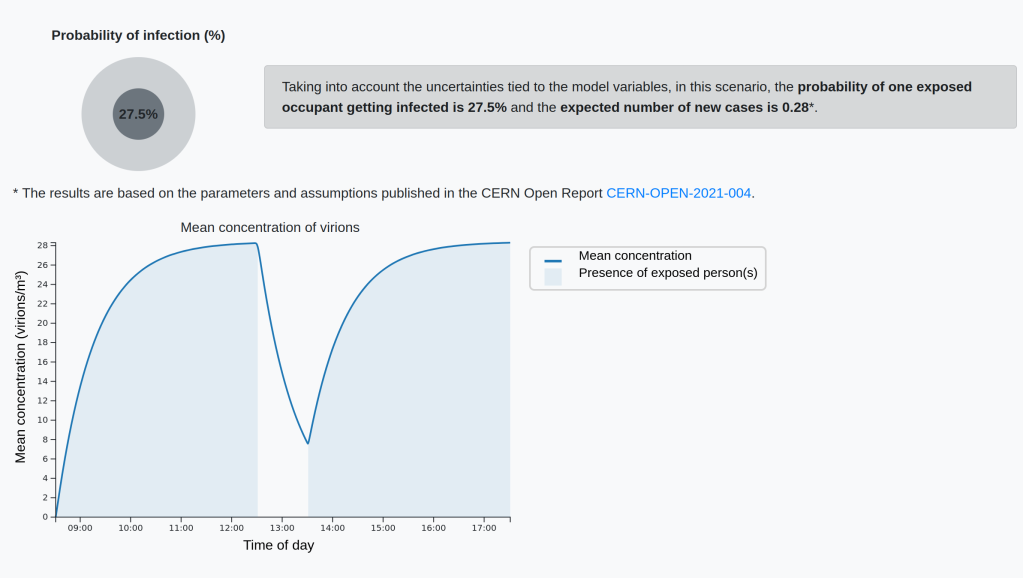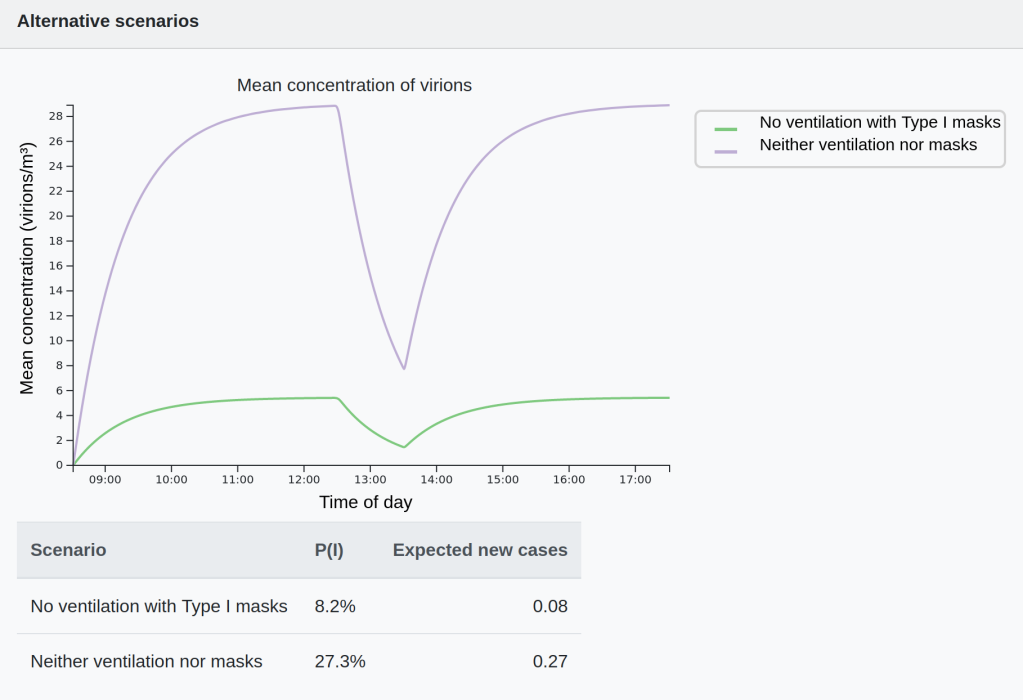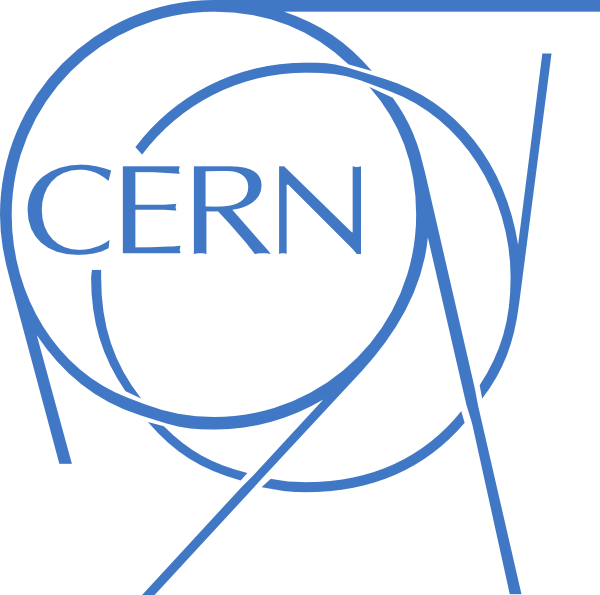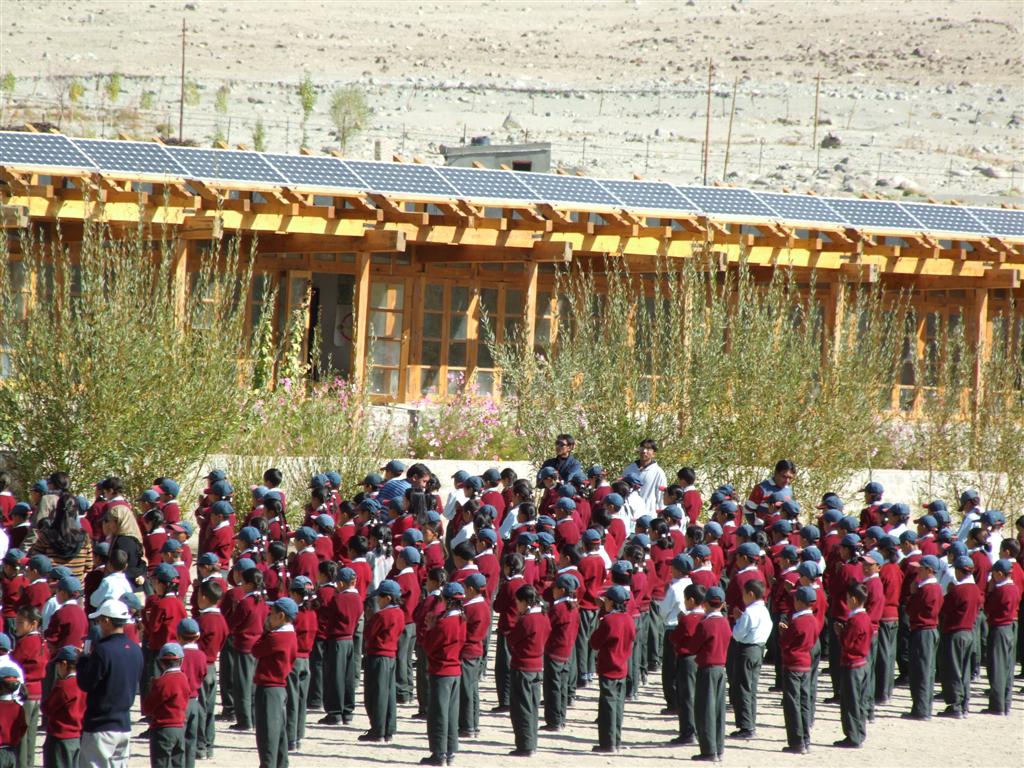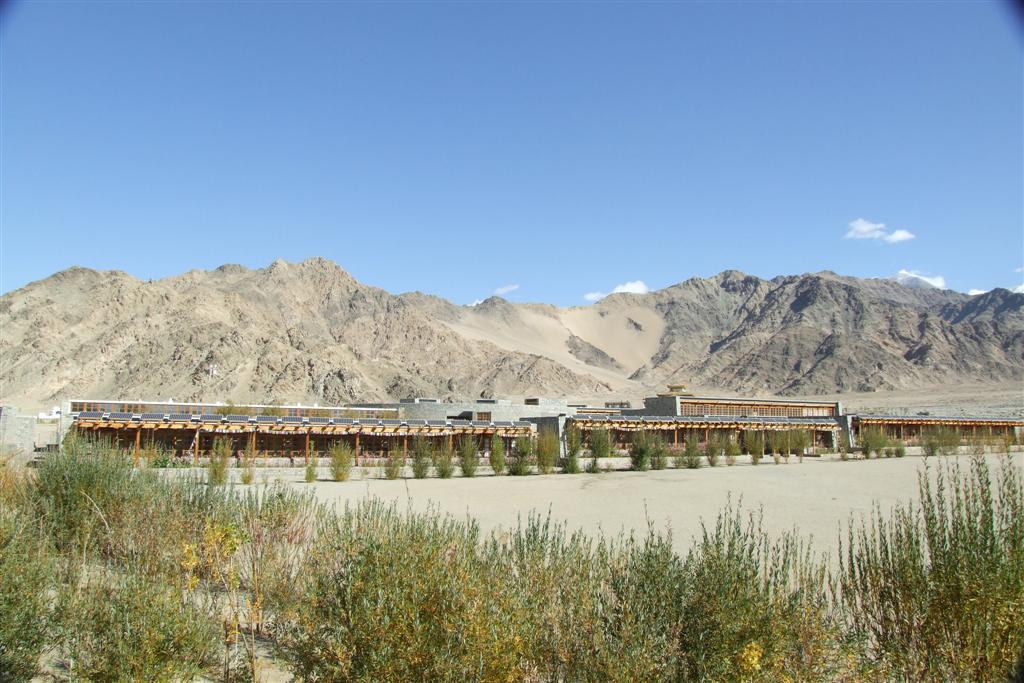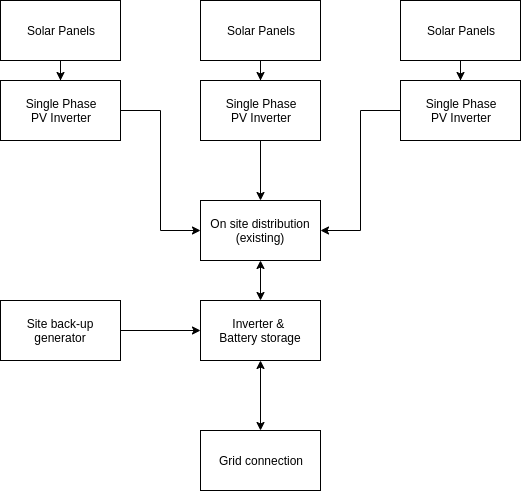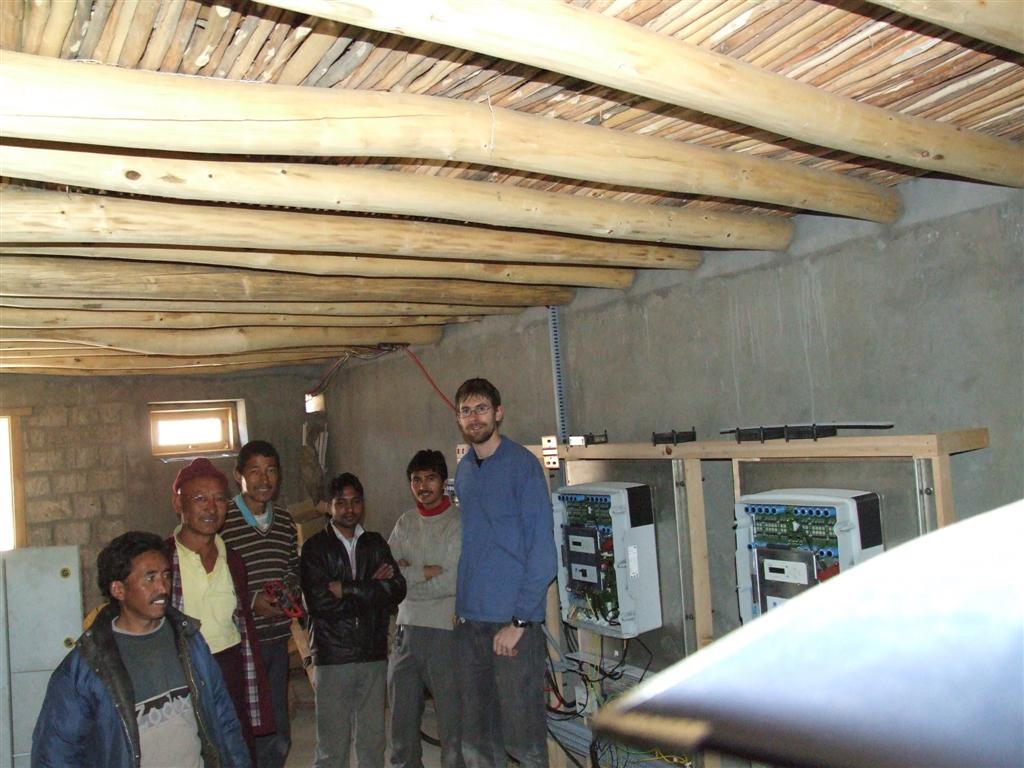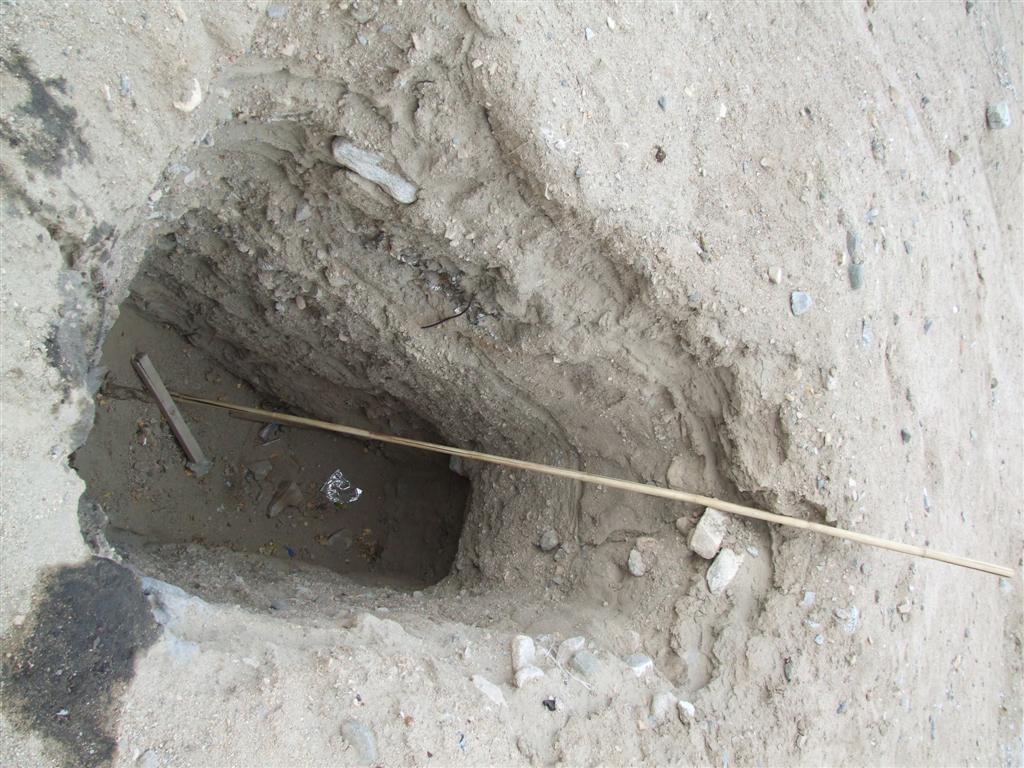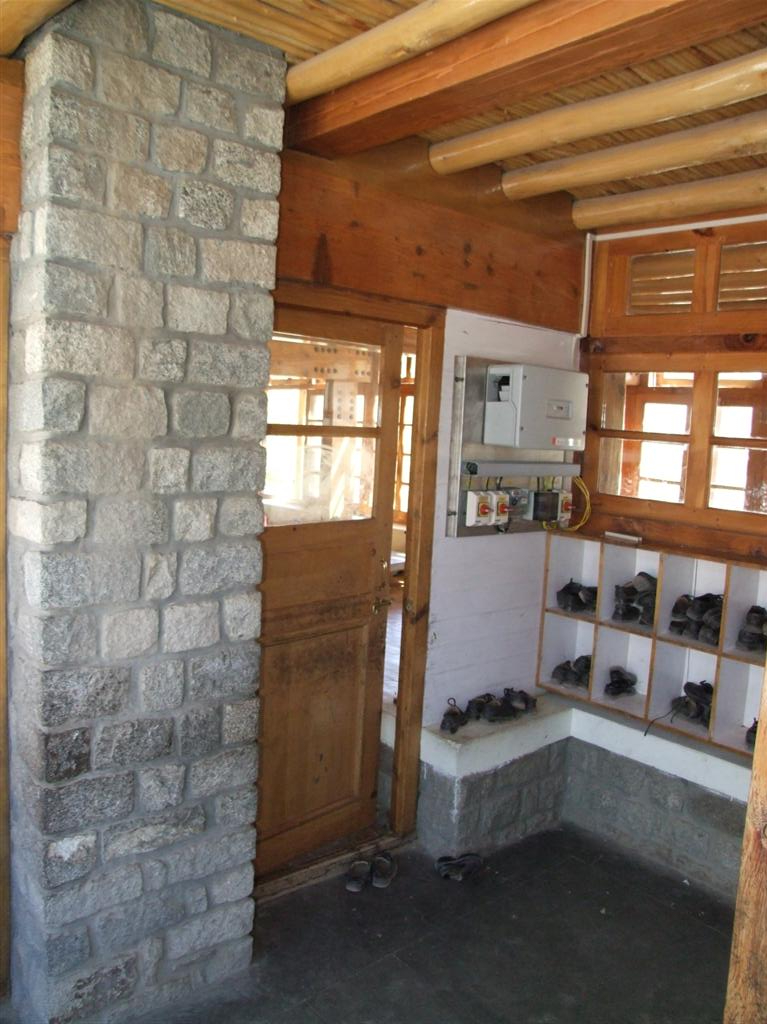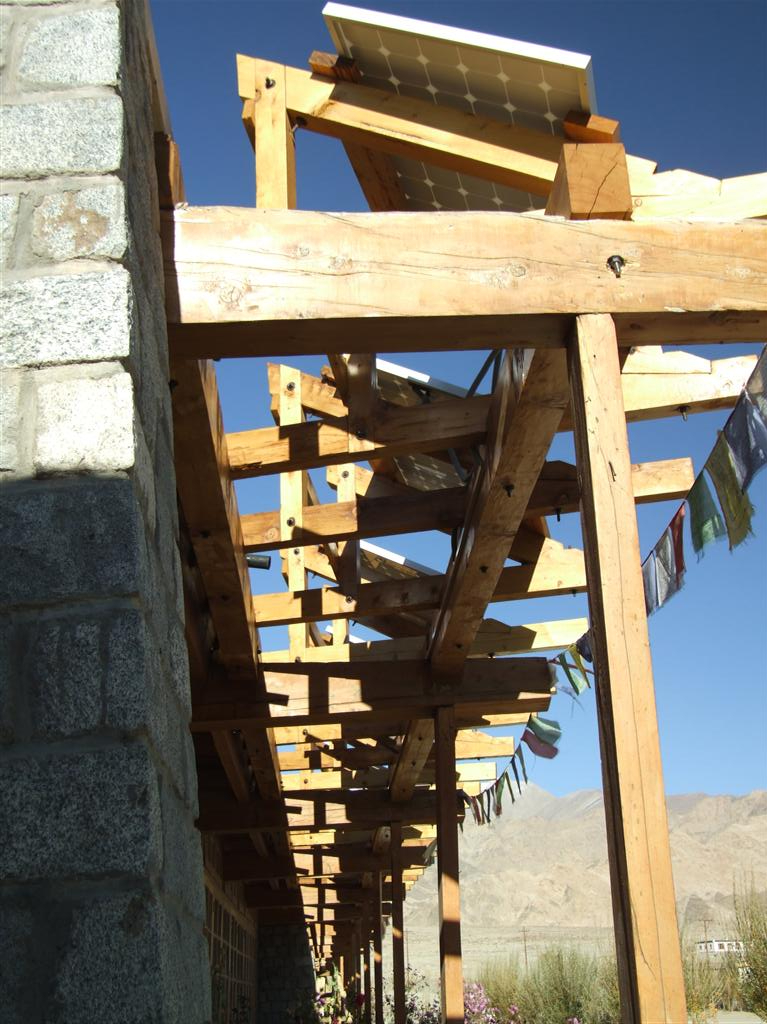Last week, one of my closest childhood (or at least teenage-hood) friends sadly passed away. He’s the first close friend in my generation to die. It seems fitting to share a few memories of our good times together. It would also be remiss of me not to name check my other close school friends: Xuan, Chirag and Nikhil, who appear throughout these memories too. We were a gang of 5, and we had some great times together. Reflecting on his life, I’m aware the Mike I knew was only a small fraction of the whole guy. Each of us who knew him have our own set of treasured memories and favourite moments. These are some of mine.
I first met Mike at the John Lyon School, circa 1996 when I moved up from prep school. However, I didn’t really get to know him until 1998, when we ended up in the same Young Enterprise company, Mineral. People don’t really start businesses to make friends for life. In fact, it seems a great way to alienate people! Our start-up was different. We didn’t make any money to speak of but found something much more valuable: lifelong friendship.
We had quite a few adventures over the last 24 years. I still vividly remember a trip to Cambridge with a couple of other friends to visit a mutual friend. I was the designated driver. We set off incredibly late (my fault as usual) from London to collect Mike in Nottingham before heading to Cambridge. Cassette tapes were still a viable format then, and I know Mike (and the others) were very unimpressed with my musical selection for our trip. I think we arrived at Mike’s student house in Notts at about 12 midnight, or maybe even later. It was still in the relatively early days of satellite navigation, meaning the unit I’d borrowed from my parents for the trip was slow and I often ended up taking wrong turns, requiring a U-turn to get us back on track. This became a running joke after about the fifth incident, which lasted the entire trip. The next day we headed on to Cambridge. I learned about a play performed by one of our mutual school acquaintances (I can’t remember if he was acting, or directing, or both) in the city that evening. For some reason, I really really wanted to go see it, but finding a parking place took about 40 minutes. Mike and our other friends were not bothered, so laughed a lot when I ran off into town to try and find the theater as fast as I could, only to get lost and arrive after the show had started and the doors were closed. The guy on the door asked me to leave. Despite not running through town as fast as they could, Mike and the guys arrived just as I was being ejected from the theatre, and everyone thought it was even more hilarious. We crashed at our friend Nikhil’s college room that night. I think there were at least 5 or 6 of us in total. We had to be quiet so the cleaners didn’t throw us out! The trip ended prematurely for me the next day, as I had to return to university and sort out some business. But it was a memorable trip. It’s not the destination, it’s the journey and the people you travel with.
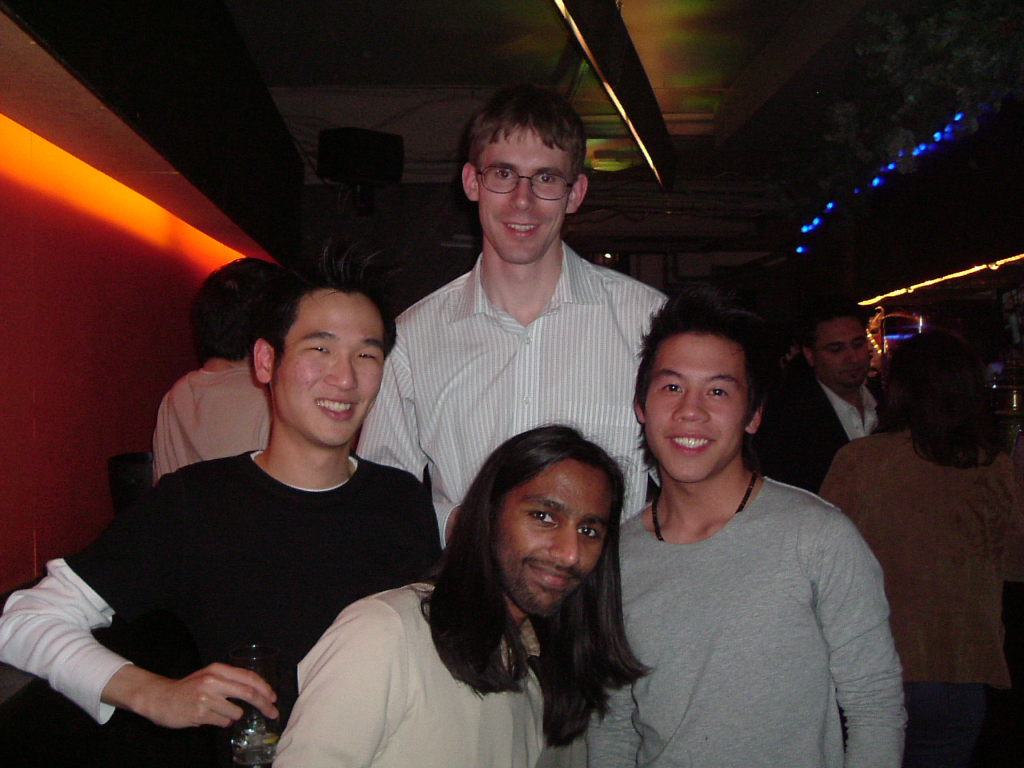
The Forum. Having seen each other every day at school, how are a bunch of guys at the turn of the millennium supposed to keep in touch when scattered to the four corners of the country by University? (Actually we weren’t that scattered, Mike was in Nottingham, Chirag was in Warwick and the rest of us were still in London but…). We used to have our own message board. It was kind of like a blog but only for the (avid) consumption of our little friend group. We would write about our daily lives, mis-adventures and what we were watching/listening to at the time. It was fundamental to our keeping in touch, and only when everyone had returned back to North West London in about 2006 did we stop using it. I still have a good chunk of the archived posts, which I very occasionally re-read when I want to remember these days. Mike was a regular poster and would enjoy sharing everything from his gig attendance schedule, preferred lunch choices in the Harrow St. Annes centre food court, to comments on the performance of Liverpool FC.
His love of music and photography. Mike loved music. Around the time that the music chain Fopp was breaking out. This was always high on Mike’s list of places to go in whichever city he was visiting. I’d listen with envy as Mike talked about his trips to gigs. I’ve never been into live music in the same way, but it was fun to live vicariously through his musical tastes which were expansive and took him everywhere from Glasto to concerts in foreign parts. And then there was photography. During his time in S.E. Asia and Australia Mike explored looking at the world through a camera lens. I remember one of his best shots being a very ornate temple roof photographed upside down in a puddle with some raindrops. When I see the world upside down, reflected in a puddle, I think of Mike. At some point circa 2006/7 we started making a crew outing to the Wildlife Photographer of the Year exhibition, down at the Natural History Museum, a regular fixture in January/February, which Chirag reminded me of as we were reminiscing about the good times with Mike last week. We had adjourned to the Devonshire Arms for a few post exhibition pints, and for some reason I started talking about my TV viewing habits, specifically how I liked to watch things (documentaries, not drama) at 1.3x speed. This, I shared, was a fantastic feature of the new set top box I’d just persuaded my parents to buy. Mike thought this was HILARIOUS, almost to the point of wetting himself. The rest of the day was spent rinsing me out for watching things at 1.3x. What are friends for? In the 18 years since, every time I’ve mentioned anything TV/media/podcast related, Mike ALWAYS inquired if I watched it at 1.3x speed and cracked up.
Gladiator. It was the summer of 2001. We finished school and had yet to start university or our gap years. Stella Artois sponsored an open air cinema near Mile End. We all decided to go there and see Gladiator, once of the most epic movies possibly ever made (without hyperbole). Mike loved it. We all did, but it really was one of his favourite movies of all time. I think we got in a few pints of the titular beer, enjoyed the very long movie on a balmy summers’ evening before sauntering back to Liverpool Street to get the tube home. For me, this marked the start of our exploration of London as the playground of our late teens/early 20’s and beyond. It was also our first shared outdoor cinema, which we picked up on again after university, when we started having movie nights in the various warehouses where Nikhil was a ‘guardian’ tenant. However, nothing ever topped the excitement of seeing Gladiator in the great outdoors.
Monopoly and Risk games. We somehow fell into the tradition of playing a board game in the gap between Christmas and New Year. I don’t know when it started exactly, probably about 2002/2003? By 2004 this was already an established tradition, with The Book – a book about the history of monopoly, the title of which escapes me, being the trophy prize for the winner of whatever game we played. If you won, you could write your name in the book and keep it until the next year. I think the last time we actually played a board game together was in 2017. These sessions typically started late (10 pm) and finished even later (2, 3, 4 am). This was a priceless part of our shared youth. We’d occasionally play some Catan during the year, but it was all about the annual epic session. In more recent years, we also supplemented the annual game with an online risk game called Warlight; the turn based playing of which would typically last at least a month, and involve several thousand WhatsApp messages covering cutthroat alliances, merciless betrayals and new alliances.
Sitting on the sofa at Mike’s house. This was something we did a lot of in our early-mid 20’s. Mike’s sofa was – due to a variety of factors – the centre of our social world. This was a result of who could drive, who had a car, who lived where in the metropolis of Harrow, and of course whose parents were away. I can’t remember how many countless Friday and Saturday nights we spent in Mike’s lounge, sitting on his sofa watching DVD’s. Our favourites were typically action movies from the 80’s. The place of honour goes to Commando. We also watched the Big Lebowski at least once. I remember Mike enjoying football games on his PS2, but I don’t think we ever played together. We would also use it as a base for eating Jain take-away from a restaurant that might have been on Belmont Circle, I can’t remember. Mike’s sofa was also our launch pad for countless adventures into the wilds of North West London, such as late night trips to the 24/7 Krispy Kreme which opened in the mid 2000’s in either Colindale or Edmonton, and countless pubs and bars which have probably all been closed or rebranded by now. We were big fans of Dust bar on Clerkenwell road, sadly now long since converted into something else.
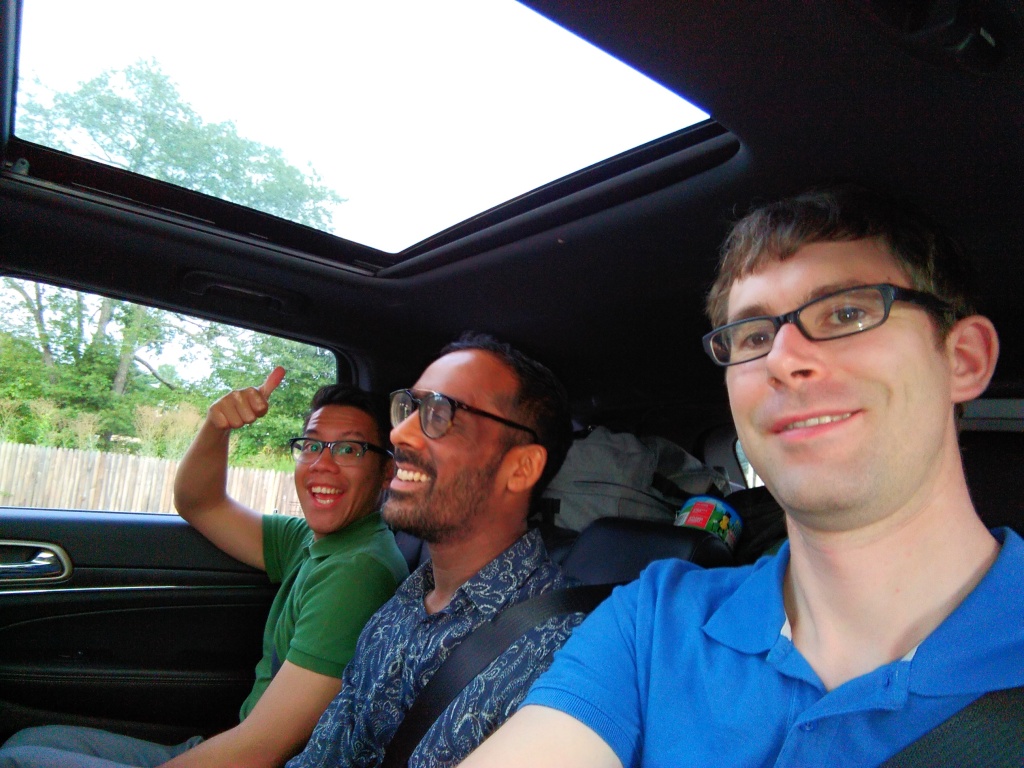
Our biggest shared adventure. I was originally planning to get married in the US in August 2016, to my then fiancee. It wasn’t going well and we decided to postpone the big day, which in the end never happened (it was for the best). Of course this wasn’t until after Mike and the guys had already bought plane tickets! We ended up on holiday for a week and a bit in Boston and we rented an AirBnB on Cape Cod. I think this was the only time I had a ‘proper’ holiday with Mike? It was a fantastic trip. We explored historic Boston, had some less than exceptional cannelloni from Mike’s Pastry, and spent a super chilled few days in Cape Cod. We watched the whales, swam in freshwater ponds and ate BBQ fish at home. It was part stag do, part personal existential crisis for me. Mike was there to share in it all. He supported me in my time of need and we enjoyed the good times we had along the way.
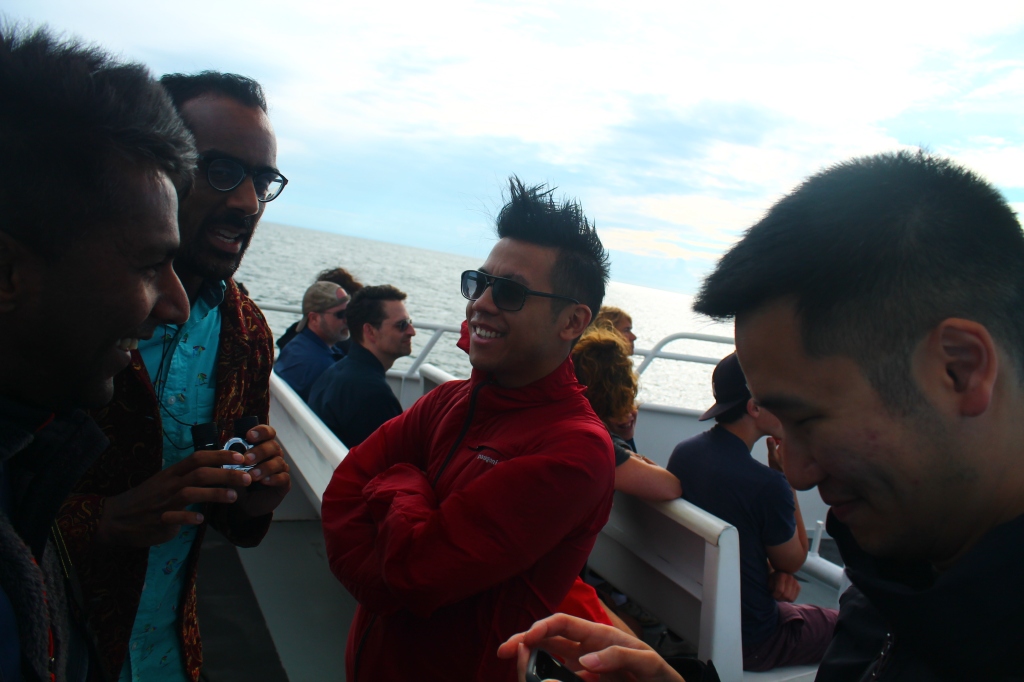
The last time I saw Mike was Christmas time in 2019. I was back in the UK. We got the crew together for dinner and all had a good time. With the pandemic and family life here in Geneva, I never made it back to see him again. When his illness struck, we would exchange messages and voice notes about everything, from the minutiae of daily life to the feeling of icy cold rain as it drips down your face. As guys, we don’t often talk about our love for one another, but Mike never hesitated. He was my friend and I’ll miss him.

